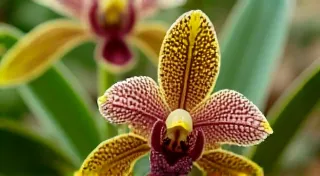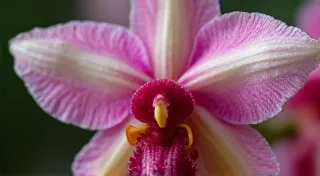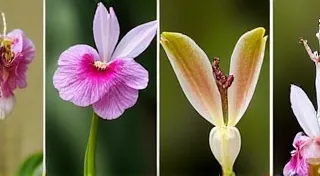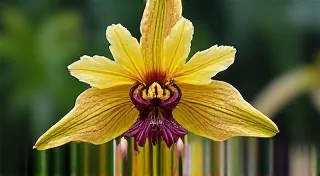Orchid Leaf Characteristics and Identification
Identifying orchids can be a wonderfully rewarding, yet sometimes challenging, pursuit. While flower morphology is often the primary focus, the leaves of orchids frequently offer vital clues for accurate species identification. This guide explores the importance of leaf characteristics and provides insights into how to use them to distinguish between various orchid species. Understanding leaf shape, texture, and arrangement can significantly enhance your plant identification skills.
Why Leaf Characteristics Matter
While stunning blossoms are undeniably captivating, they are often fleeting. Leaves, however, are a more persistent feature and can provide consistent identifiers. Orchids have evolved an incredible diversity of leaf forms, each often indicative of specific environmental adaptations and phylogenetic relationships. Combining leaf characteristics with other features like pseudobulb shape, root structure, and flower details provides a more complete picture for accurate identification.
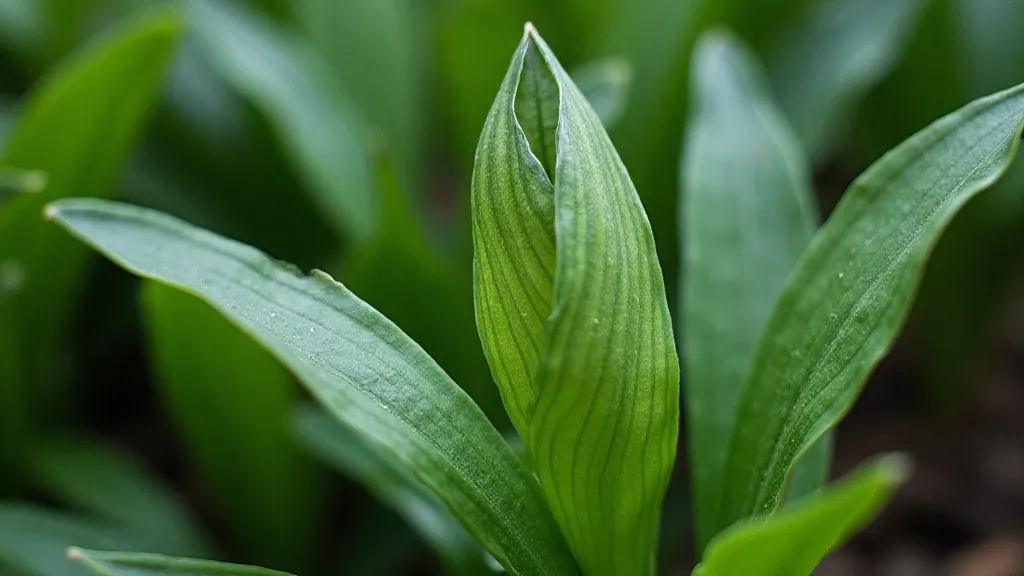
Key Leaf Characteristics to Observe
Let’s delve into specific leaf features that are crucial for orchid identification:
- Shape: Leaf shapes are incredibly diverse. Common terms include elliptical (oval-shaped), ovate (egg-shaped), lanceolate (lance-shaped, long and narrow), linear (long and thin), cordate (heart-shaped), and rounded. The precision of the shape is also important – is it symmetrical or asymmetrical?
- Size: Note the overall dimensions of the leaf. Is it small, medium, or large relative to the overall plant size?
- Texture: Leaf texture can range from smooth and waxy to rough and hairy. Some orchids have leathery leaves, while others are thin and delicate. Observe any visible hairs or ridges.
- Color: Leaf color isn't always straightforward. While many orchids have vibrant green leaves, some display patterns or unusual colors. Note any spots, stripes, or mottled patterns. The color can also change with light exposure.
- Surface: Is the leaf surface glossy, dull, or covered with a powdery bloom (farina)?
- Arrangement: Leaves can be arranged in various ways: alternate (one leaf per node), opposite (two leaves per node), whorled (three or more leaves per node), or basal (leaves arising from the base of the plant).
- Veination: The pattern of veins on the leaf surface is another useful characteristic. Observe if the veins are parallel, reticulate (net-like), or prominent.
- Base and Apex: The shape of the leaf base (where it attaches to the stem) and apex (tip) can also provide clues. Is the base rounded, tapered, or cordate? Is the apex pointed, rounded, or notched?
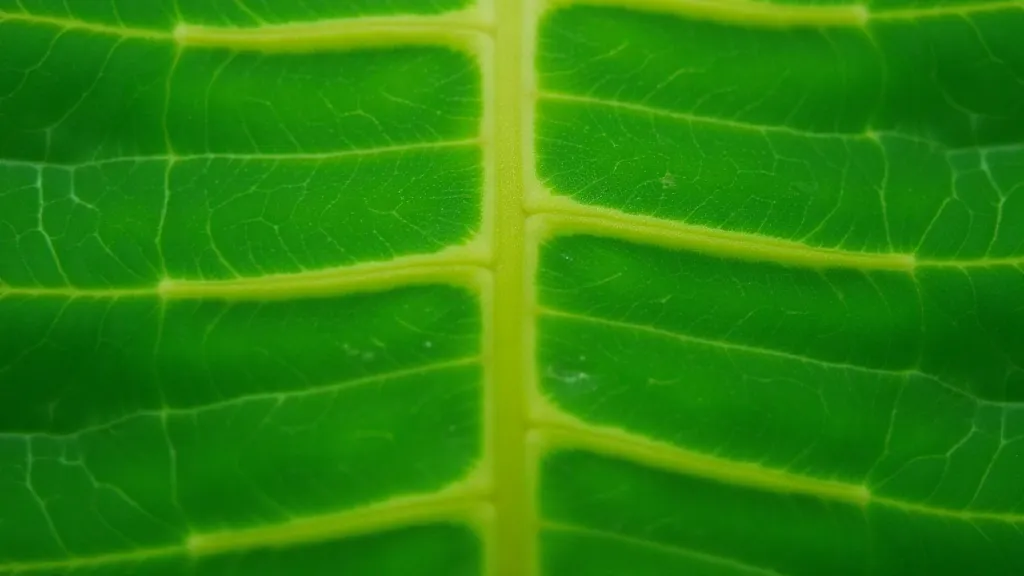
Examples of Leaf Characteristics in Orchid Identification
Here are a few examples illustrating how leaf characteristics aid in identification:
- Paphiopedilum (Lady Slippers): Many Paphiopedilum species have thick, fleshy leaves with prominent parallel veins, often exhibiting a mottled appearance.
- Dendrobium: The leaf shape of Dendrobium orchids varies greatly, from flat and leathery to rounded and almost succulent, depending on the species and its habitat.
- Cattleya: Typically have thick, leathery leaves arranged in a rosette at the end of a pseudobulb.
- Phalaenopsis: Known for their broad, oval, and often waxy leaves, often arranged in a rosette.
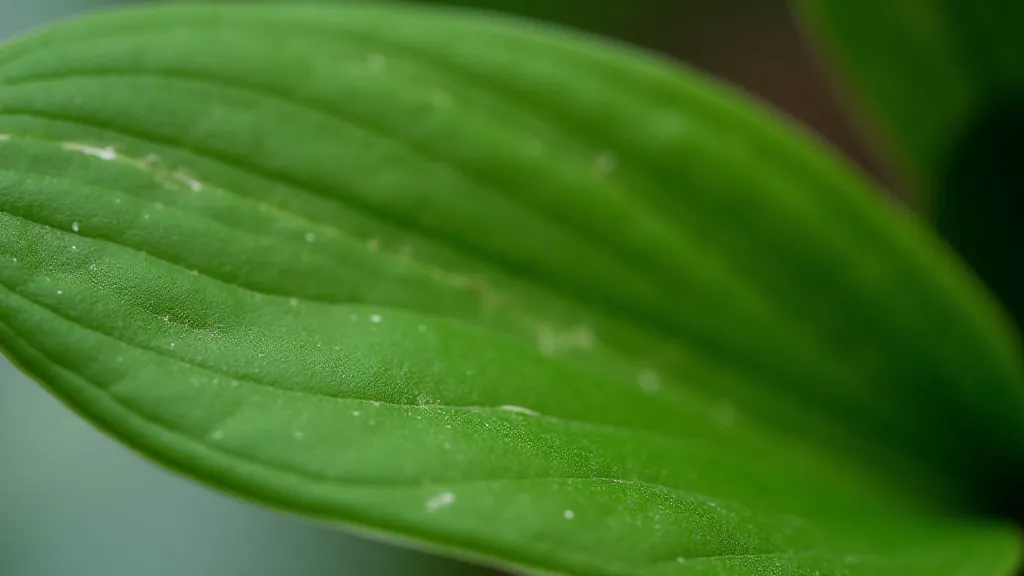
Combining Leaf Characteristics with Other Features
Remember that relying solely on leaf characteristics can be misleading. Always combine your observations of leaves with other features, such as pseudobulb shape, root structure, and, most importantly, flower morphology. Consult reliable orchid identification guides and compare your observations with established descriptions. Accurate identification is a process of careful observation, comparison, and verification.
